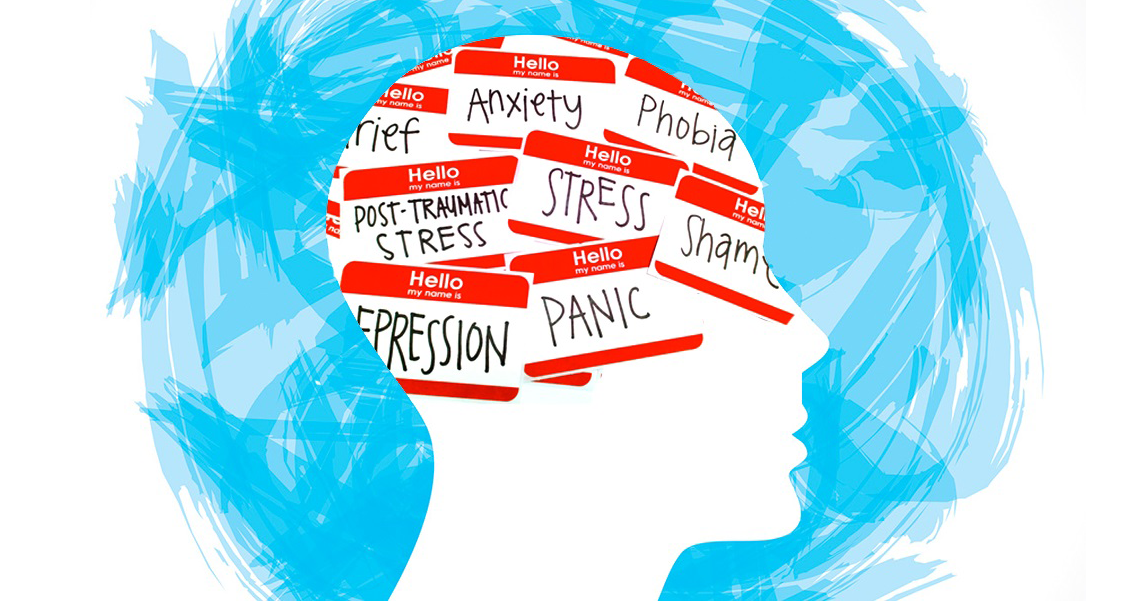Social media and the press continue to keep wellbeing and mental health in our news feeds. Often people use the terms mental wellness synonymously with mental health or mental wellbeing. The muddling of these terms can cause confusion. Understanding the differences between emotional wellbeing, mental health and mental illness can help ensure that you have the right employee benefits in place.
What’s the Difference?
Emotional Wellbeing
In short, you can describe emotional wellbeing as how you feel about yourself and your life. It is linked to your happiness and satisfaction. A bit deeper look at wellbeing includes your awareness of your emotions and your ability to manage and express your feelings in a healthy manner.
Emotional wellness can be associated with many different activities: meditating, listening to music, talking to a friend, walking nature, taking a vacation, getting a massage, squeezing a stress ball, or just carving out some time for peace and quiet in daily life.
Mental Health
Mental Health includes our emotional, psychological, and social wellbeing, where you have a sense of belonging to a community and making a contribution to society. Mental health affects how we think, feel and behave. For example, difficult marriages, poor work/life balance, financial stress can be parts of life that can negatively impact our mental health.
Mental Illness
Mental Illnesses are specific, diagnosable health conditions associated with distress and problems functioning in social, work, or family activities. It involves changes or problems with emotion, thinking, and/or behavior. These medical diagnoses have behavioral elements just like any other medical condition like diabetes or heart disease.
Why it Matters
Healthcare that covers the spectrum of these three areas of employee health delivers many benefits, including:
- Lower healthcare costs due to a healthier workforce and improved disease management
- Enhanced recruiting by attracting the most talented workers
- Reduced absenteeism
- Increased productivity
What You Can Do
- A well promoted and communicated EAP can be your most effective and lowest cost option to support employee mental health. Research shows that every $1 invested into an ESP yields a $3-$5 return on investment for companies.
- Education can be a central component to help employees make informed health decisions. Programs providing self-assessment, education and accessible resources, can produce effective and measurable results.
- Offer training to managers and supervisors, teaching them how to promote a healthy workplace and recognize mental health issues.
- Create awareness campaigns to reduce the stigma around mental illness and make employees aware of their free and low-cost resources.
- Follow your Federal and State requirements to ensure that your health insurance meets guidelines.
We are here to provide you with custom solutions to manage the needs and requirements related to all of your employee’s health and wellbeing.

